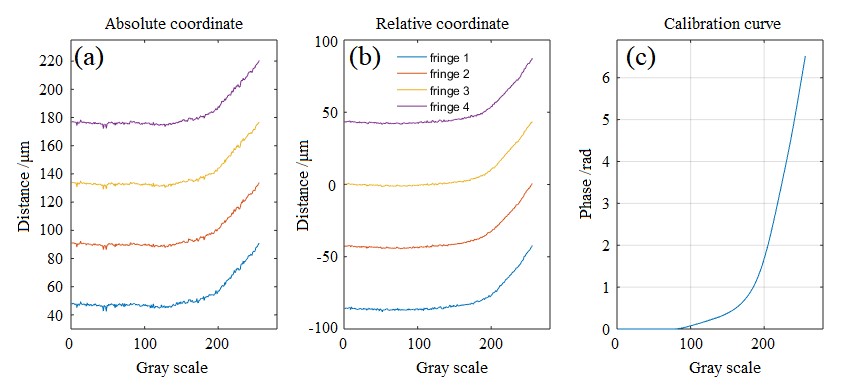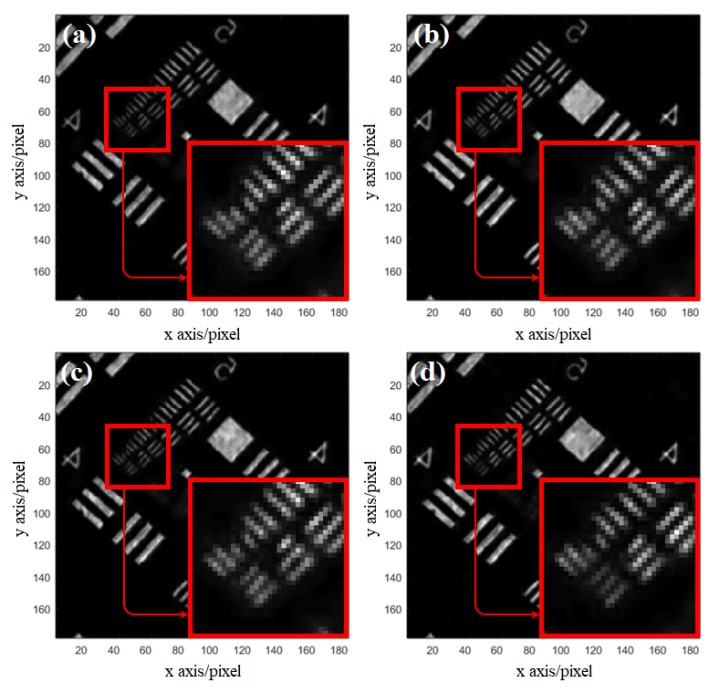Spatial light modulator (SLM) is widely used in beam manipulation, interferometric sensing, beam splitter, beam shaping, and laser processing. With the development of optical technique, optical sensing and imaging are getting closer to the diffraction-limited resolution, which must meet the requirement of high-precision wavefront measurement at first. Electrically addressed SLM maps the voltage to the phase modulation of the liquid crystal, which can be provided by a computer-generated two-dimensional gray-scale image.
Recently, researchers at Shanghai Institute of Optics and Fine Mechanics, Chinese Academy of Sciences, have proposed a new SLM calibration method based on the absolute reference system of obnoxious background light. The study was published in Optics and Laser in Engineering.
In the experiment, the inherent background light was used to construct an absolute coordinate system that has the function of self-interferometry. Here two independent holes were loaded onto SLM, which is provided by Shanghai Realic Information Technology Co, .Ltd. One hole was fixed and the other varied from gray-scale 0 to 255.
The smaller Airy spot generated by background light was taken as the absolute coordinate origin. Thus multiple sets of data could be obtained by a round of testing. Obviously, background light was no longer an undesired signal that would affect the quality of interference pattern. In the following study, the holographic and vortex beam experiments were carried out to verify the effectiveness of the proposed method.
This high-precision calibration method can be beneficial to extend SLM to different high-end application scenarios.
This work was supported by Youth Innovation Promotion Association of the Chinese Academy of Sciences and National Natural Science Foundation of China.

Fig. 1. Experimental results.
Fig. 2. Diffraction patterns of vortex phase on SLM with (a) uncalibrated approach, (b) interferometry and (c) the proposed method.
Fig. 3. Holographic experiments on USAF resolution target, group 5, element 6 (a) 0.50π, (b) 0.30π, (c) 0.64π, (d) 1.34π.
Article website:
https://doi.org/10.1016/j.optlaseng.2020.106132.
Contact:
Mr. CAO Yong
General Administrative Office
Shanghai Institute of Optics and Fine Mechanics, CAS
Email: caoyong@siom.ac.cn